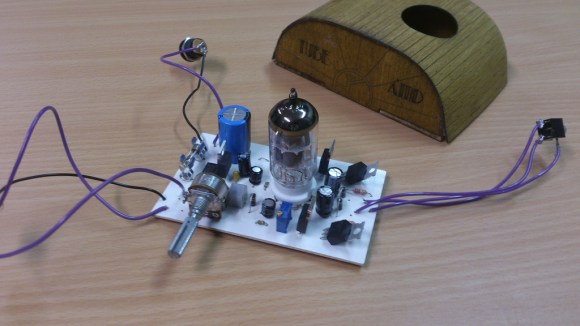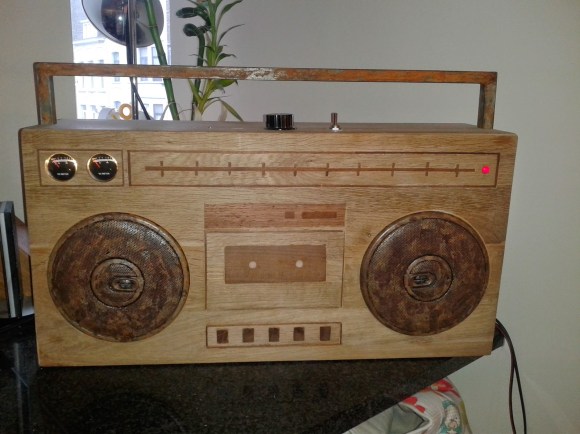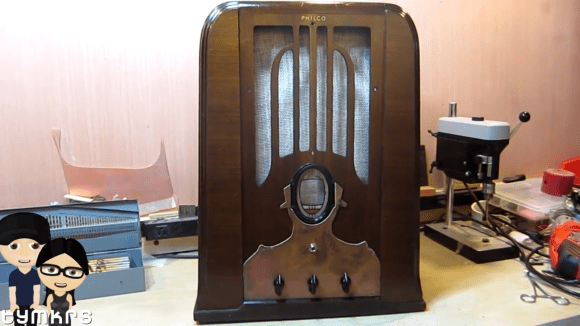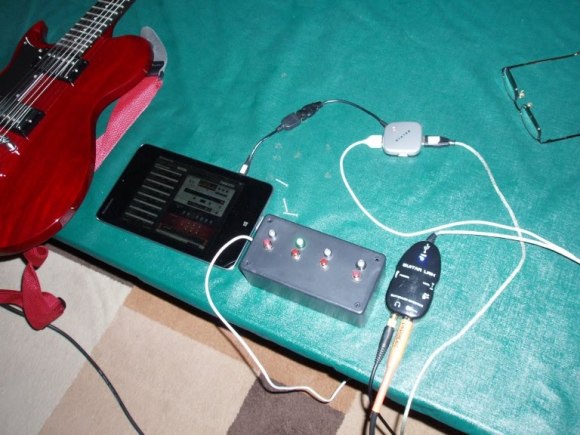Here’s a rather interesting project aimed at making music — using skateboards. It’s called SkateHack, and it’s an open source project that mixes customized hardware, electronics and skating.
They’ve been at work on two different projects, both of which utilize piezoelectric sensors and contact microphones. The first, built in Sweden back in July 2012, is called the Augmented Ramp, which transforms a skateboard half-pipe into a musical instrument. The piezoelectric sensors and contact microphones convert vibrations from the ramp intro digital triggers which are then processed by software to create music. The result is a unique medley which changes with every trick.
The second project is called the Bauxite, which is made much the same, but designed to be easily built by anyone. It’s a skateboard trick box which also transforms grinding and tricks into cool sound effects and music. They call it a skateboard-powered-music-sampler — which in all reality, it is.
For more info check out the videos after the break.
Continue reading “Smart Skateboard Box Adds Sound Effects To Your Tricks”



 The 12AU7 is popular due to its ruggedness and tolerance for low operational voltages. This amp design uses a plate voltage of 12, although the 12AU7 can handle up to about 330. Since the 12AU7 is of the Twin Triode variety, one tube can be used to amplify both a left and right audio channel.
The 12AU7 is popular due to its ruggedness and tolerance for low operational voltages. This amp design uses a plate voltage of 12, although the 12AU7 can handle up to about 330. Since the 12AU7 is of the Twin Triode variety, one tube can be used to amplify both a left and right audio channel.














